When is the Best Time to Put out Your Oriole Feeder?
Is it time to put out the oriole feeders? Early spring (early April) is when you should be thinking about putting out our feeders.
We however don’t see the birds until the first part of May.
The very first year that I put out an oriole feeder, we had a bird in about 20 minutes. Now, I put out my oranges and grape jelly in my feeder, every year!
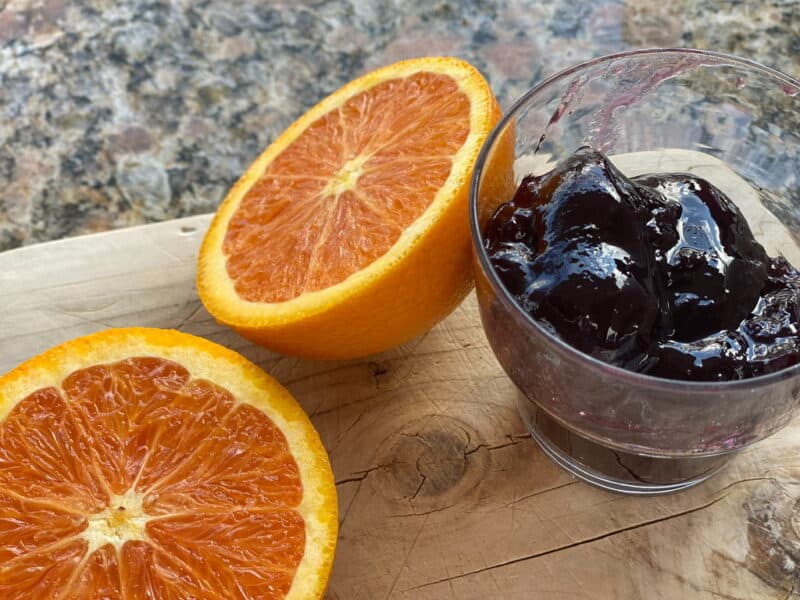
On my blog Living Large in A Small House, I may sometimes use affiliate links, which means a small commission is earned if you make a purchase via the link. The price will be the same whether you use the affiliate link or go directly to the vendor’s website using a non-affiliate link. You can find my full Disclosure Policy HERE
When I Put my Feeder Out
Typically, if I don’t have it out too early, they are there in about 20 minutes. Baltimore Orioles usually arrive in Illinois in April or May. I track them with JourneyNorth.org. I looked today and they’re getting close so I’m going to head out to get supplies!
The best way to attract the birds is to have your feeders out early. Having a feeding area is your best chance to attract them.
Orioles love dark fruit but are attracted by the color orange. The feeder I use has two pegs for the orange halves and a cup for the grape jelly that they actually eat. The orange also attracts other birds including hummingbirds.
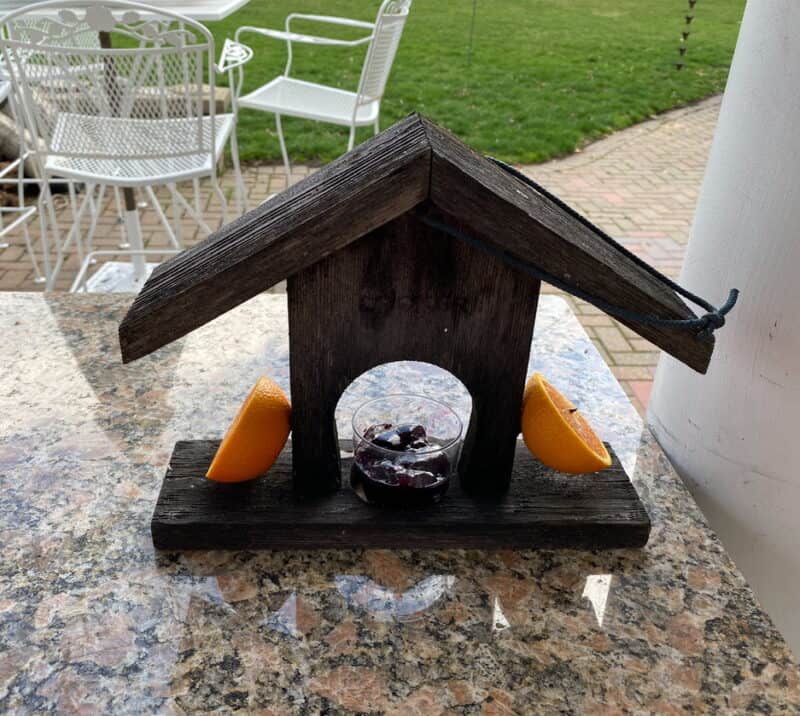
My Favorite Feeders
Why I Love Orioles
Orioles are beautiful birds and Orioles are social birds. You will want to place your feeder somewhat close to where you hang out, outside.
Close to your deck or patio would be an ideal spot. They also like tall trees and river banks so we are ideally suited for them as they love a water source.
If you don’t live on water, you can offer them fresh water in a shallow bird bath or a water feature such as a garden fountain would also attract them.
That being said you can sure try to capture their attention. Once they find you, they continue to come back!
I feel like it’s the same birds or family because they always find us and they stick around. I have never seen any oriole nests but I’m going to pay a little bit more attention this year.
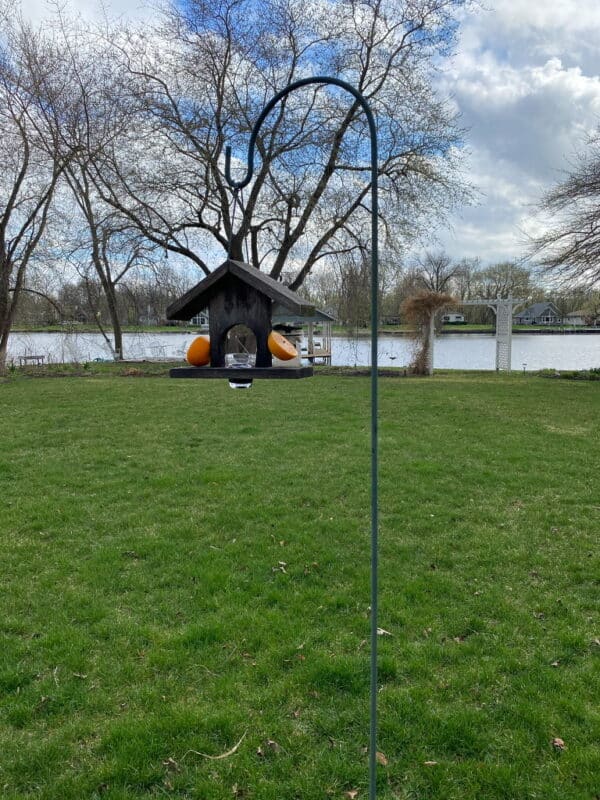
Here are a few pictures from last year when the Orioles were feasting at our feeder.
The males are the beautiful orange birds and the females have a little orange but they are mostly a grey color. They are not very attractive. I guess that is why I don’t have any pictures of a female oriole hanging out at the feeder; they weren’t picture-worthy.
One of my favorite things about these birds besides their bright colors is their sweet songlike chirping. I just love hearing them singing around the yard.

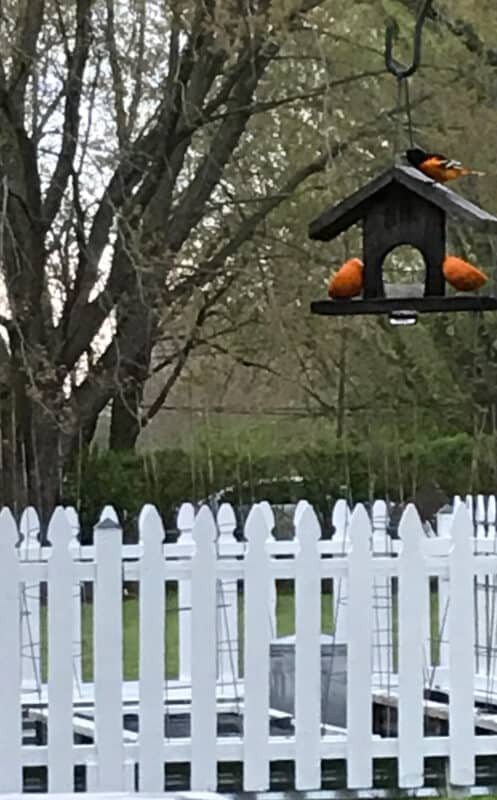
Oriole Migration
Orioles are long-migratory birds. Their wintering grounds are in Florida, the Caribbean, Central America, and the northern part of South America.
In early spring they migrate to North America to breed and that starts in Louisiana on up through the eastern and central parts of the United States and up into central Canada.
As they make their way back south for the winter, it’s important to leave your feeder up in the late summer until early fall.
You need to make sure that the Orioles have left your area before you take away the jelly feeder.
Species of Orioles
Believe it or not, there are more than 30 different species of orioles and I can say with 100% confidence that the birds I have are Baltimore orioles but they are the most common species of orioles. I would love for the other species to come and visit!
Other species that you might see are bullock’s orioles and orchard orioles.
Hummingbirds
This is also the time to get your hummingbird feeders out too.
You can buy hummingbird nectar but you can also make homemade nectar which is just sugar water. It is one part sugar and four parts water. Both work equally as well to attract these sweet little fluttering birds.
We Have All Kinds of Backyard Birds
Because we live on the water we are home to some amazing birds. We have herons, egrets, and sandhill cranes.
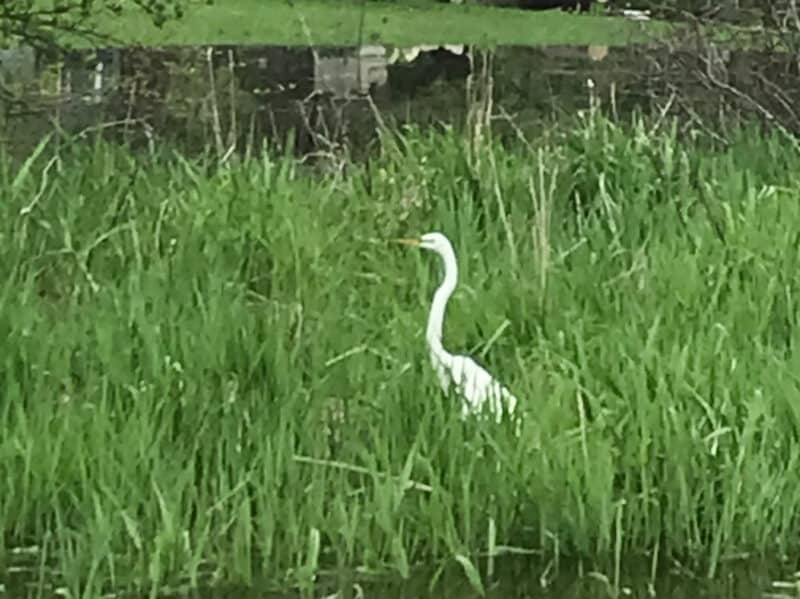
Cardinals, Blue Jays, Hummingbirds, Purple Martin, and Robins are often around. We occasionally see Swans and American White Pelicans.
Every once in a while we spot an owl. We have Bald Eagles who nest very close to our house so we have to be vigilant with our chickens. Of course, we are home to ducks and geese who just leave a big mess in our yard.
I’m sure there are a ton more species that inhabit our area but those are the ones that I know and see hanging around this small house!
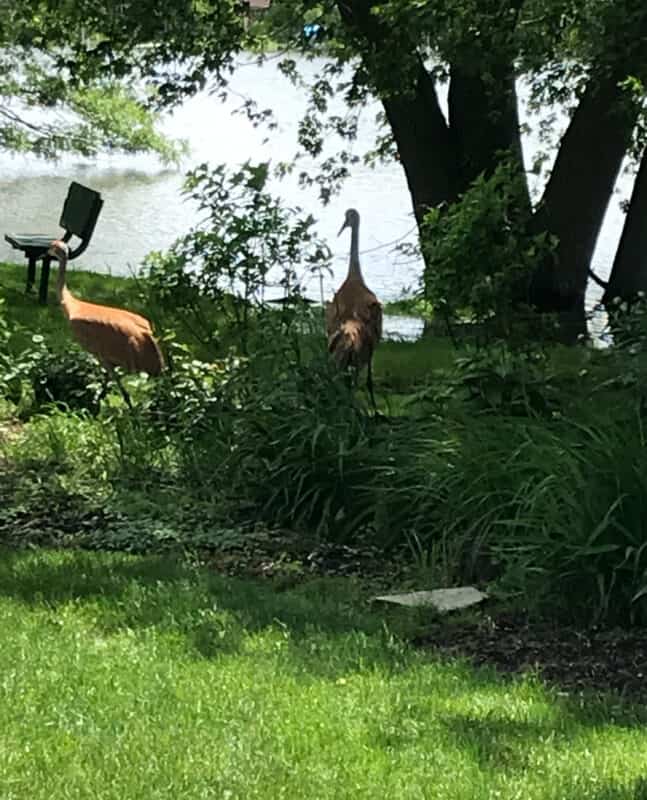
I think that another reason that we have so many birds is my gardens are natural food sources for birds. I also have backyard feeders for all the birds.
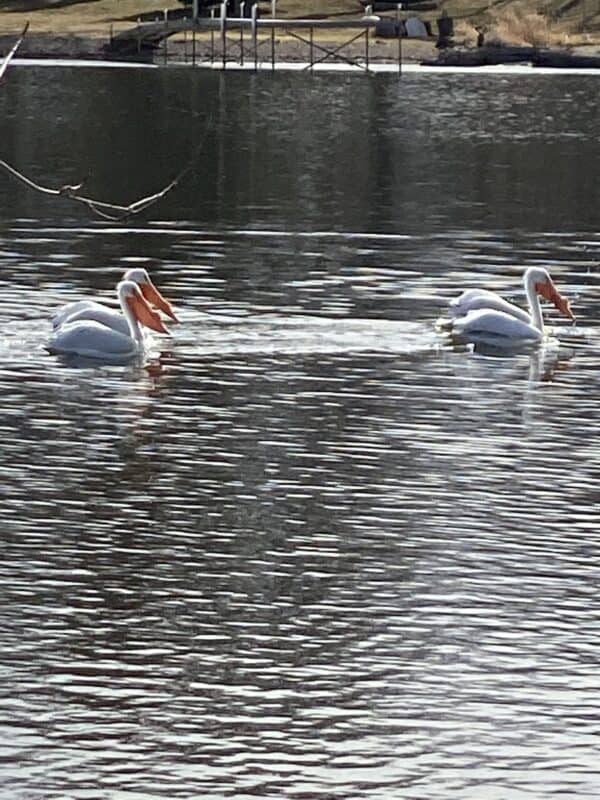
Because we have chickens there are also suet feeders, mealworms, and chicken feed always around that our chickens are happy to share with the birds.
Our backyard is a bird watcher’s delight.
This year I put my oriole feeder out on Saturday (May 6th) and within an hour I had an oriole feeding.
I just love the orioles who visit me every year and I hope you can enjoy them too!
Peace and Love,


Thanks for Following Along
If you enjoyed this post I hope you sign up to be a friend of Living Large in A Small House! Then you won’t miss any of the inspiration that is shared with you each week! You can also follow me on Instagram, Facebook, and YouTube. I share even more inspiration on Pinterest! You can listen to me chat on my Podcast.


A great way to save this article is to save it to your Pinterest boards. You can find the pin button in the top right corner of the photo below. Also, don’t forget to follow me on Pinterest
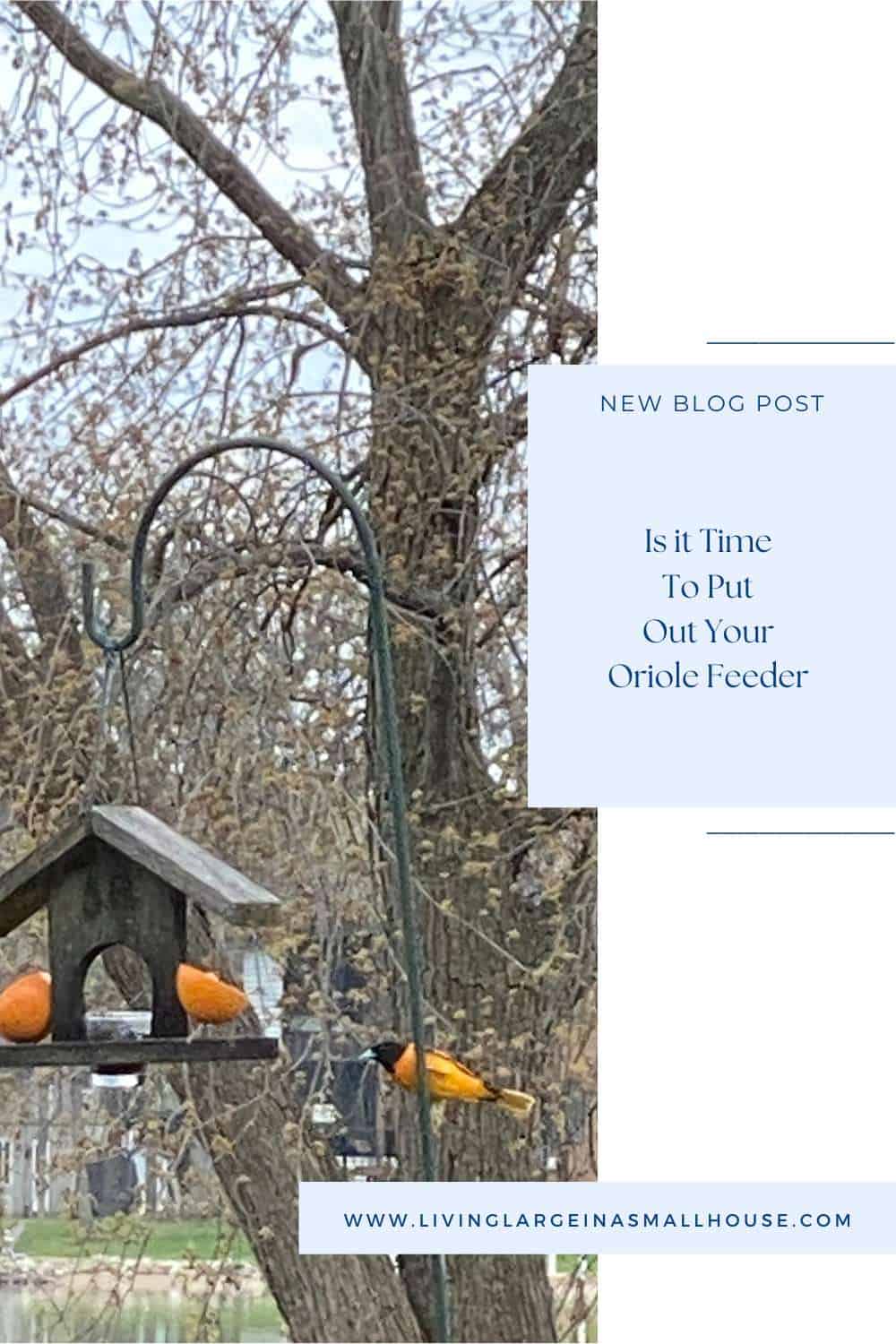

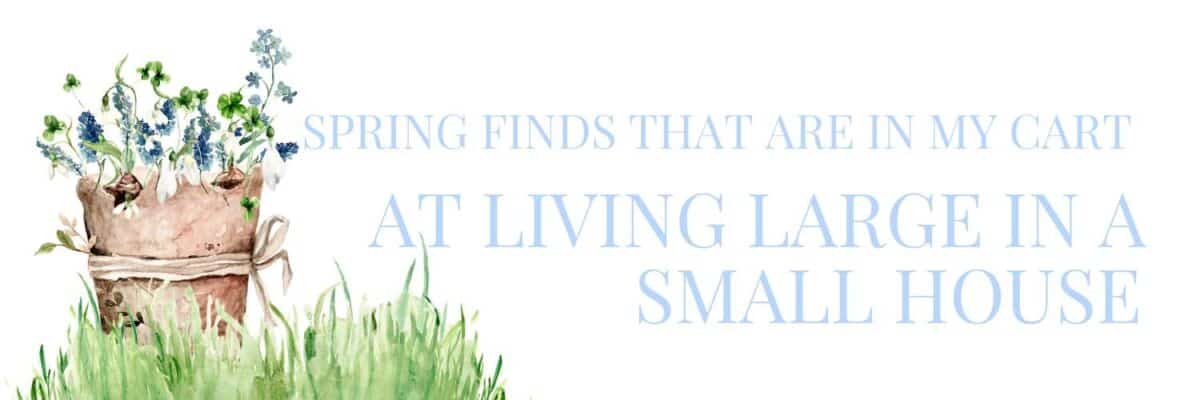




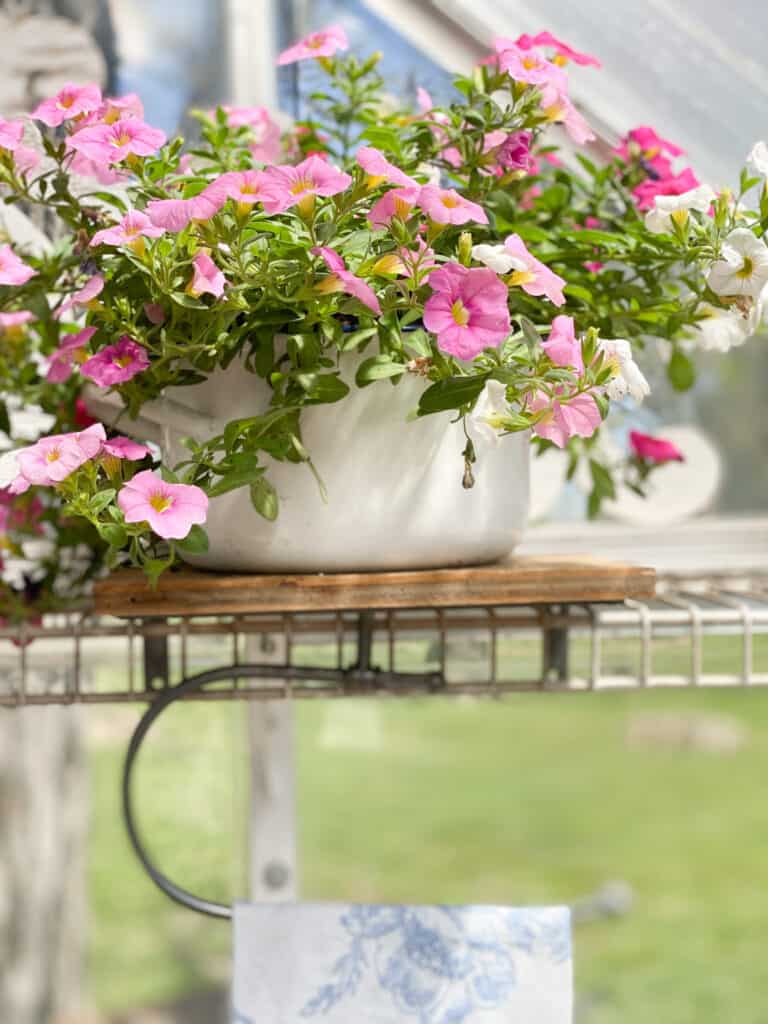

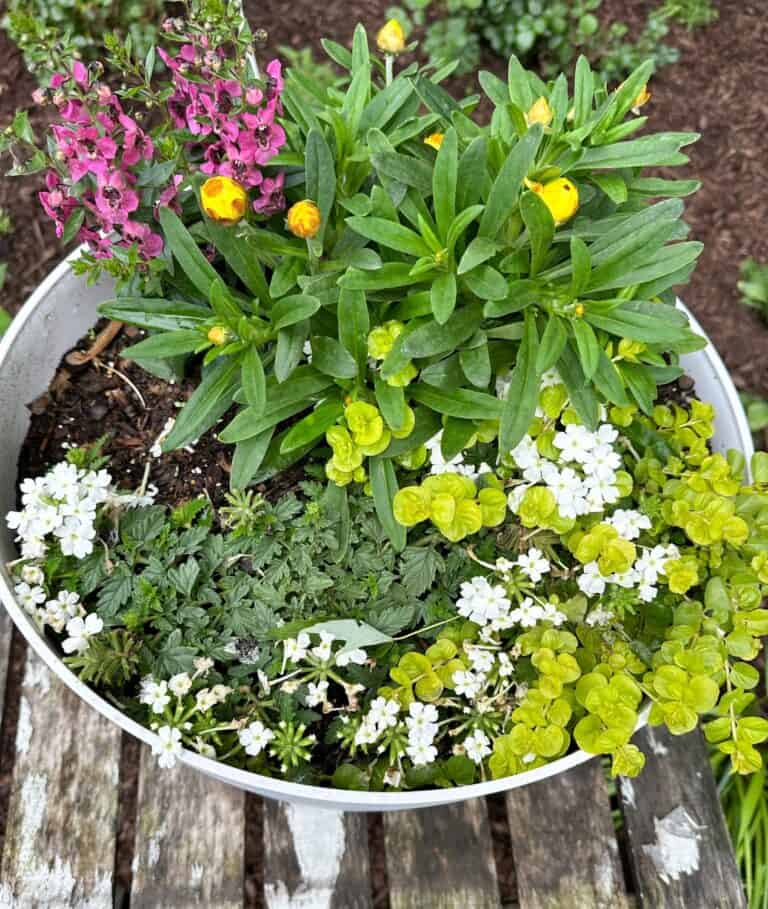

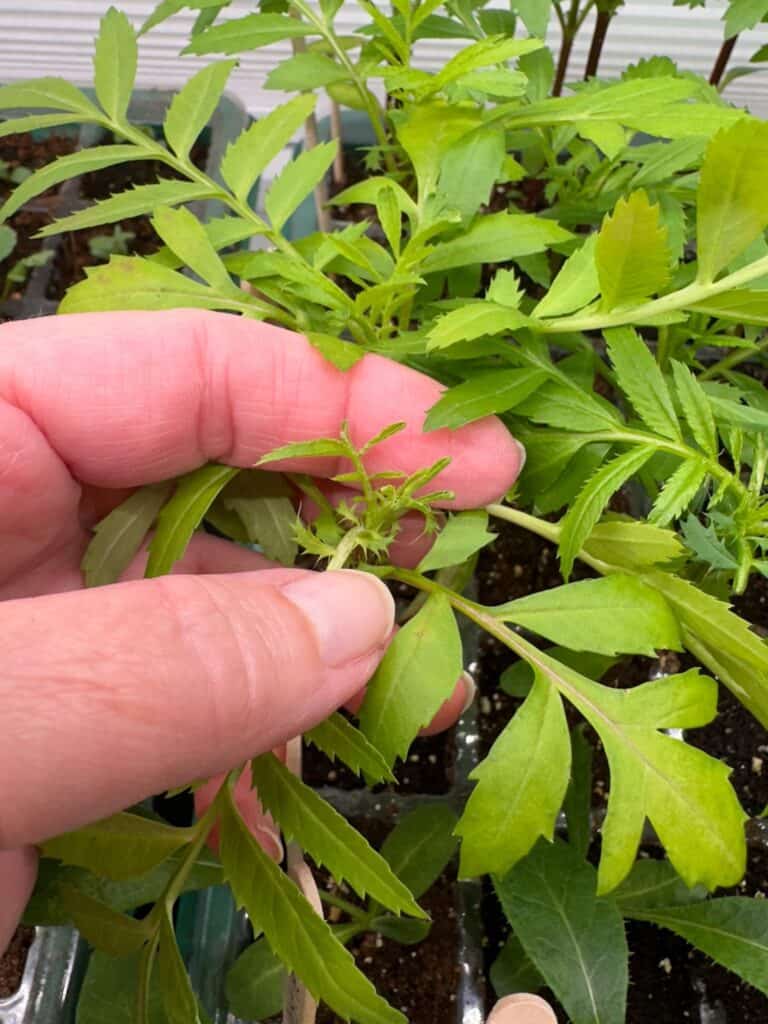
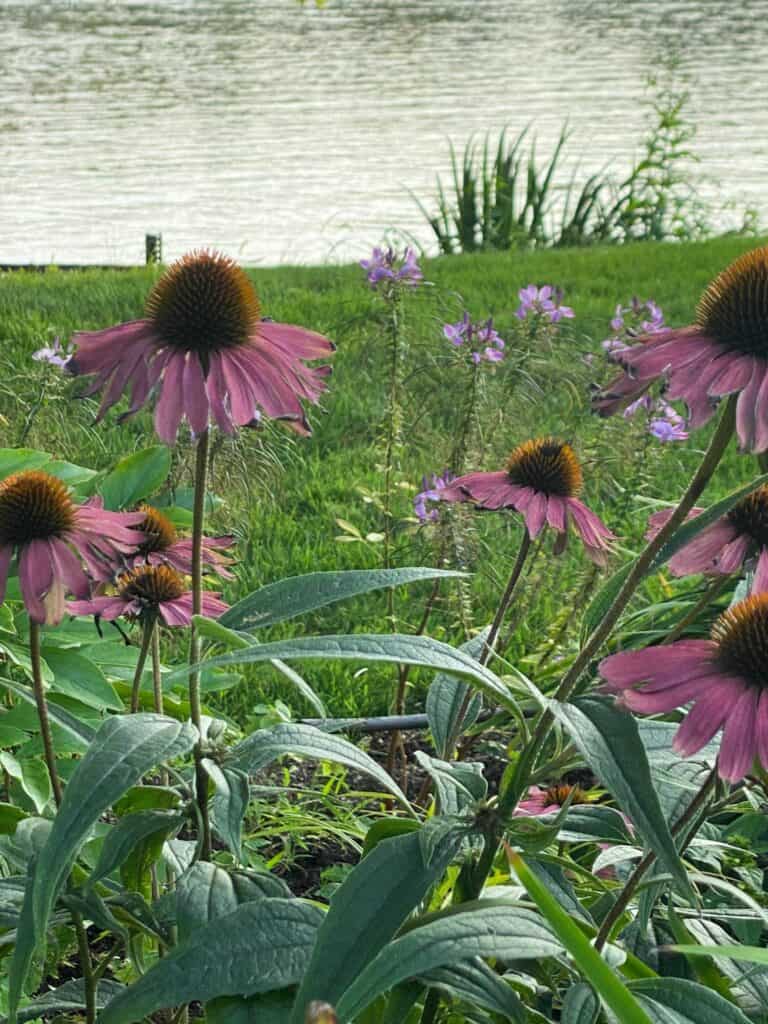

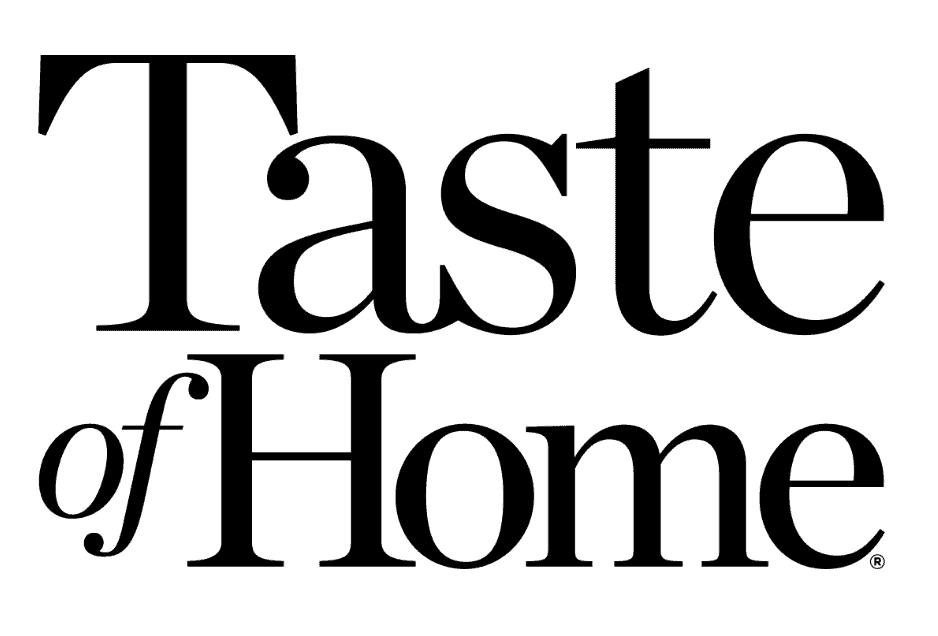











Wow, that is so amazing, I have never read about Orioles, and they are so beautiful!
Hi Wendy – I heard about them from a friend and immediately bought a feeder and put out my oranges and grape jelly. The fact that they stopped by in about 30 minutes was simply amazing. I’ve been hooked ever since and they know to come back to our property. I put my feeder out on Thursday and I haven’t seen on yet but it might be a little early. For sure by next week, I will have my orange beauties back. What is interesting is that I stopped putting out my hummingbird feeder because I wasn’t getting any and now I’m also getting hummingbirds at the oriole feeder but they won’t stop by until it gets warmer. Thanks for taking the time to read my little blog!
I’ve never seen an oriel but I love watching birds. I have a bird feeder outside my kitchen window and am thrilled to see cardinals on it every day. Have a great night.
Hi Elizabeth – I hadn’t ever seen one either until I started putting out my feeder some years ago. They are just so beautiful and don’t seem to be the least bit bothered by us moving around the yard!
I love Orioles too! They stop here briefly in May…I always hear them singing in the woods behind my house and run out to put the oranges in the feeder..
Hi Jennifer –
I actually am still waiting to see one this year. I’ve had my feeder out for a while and no Orioles! The other birds are enjoying it so I’ve had to put new food out a couple of times. Once our’s come they stay for most of the summer. I totally forgot about their singing! Another great reason to love them.
We have quite a few bird feeders but we have never tried to attract the Orioles! We need to get busy! They are such a pretty bird.
They are one of my favorites and they come back year after year. I put the bird feeder out Friday and really didn’t pay an attention to it. I filled it again yesterday and within 20 minutes, they were back.
Wow. This information is so interesting and useful. I will use grape jelly to attractive my birds. Thanks a lot.
My Orioles come back year after year and I’m just so happy when I see them.
Too much sugar can damage a hummingbirds liver and kidneys. The recommended mixture is 1 part sugar to 4 parts water.
John – Thank you so much for that information. I corrected what I have in my post.